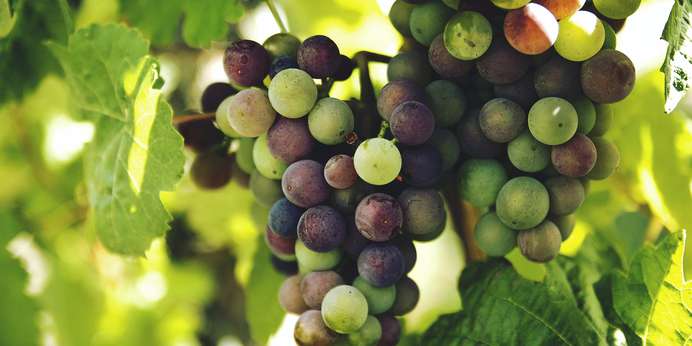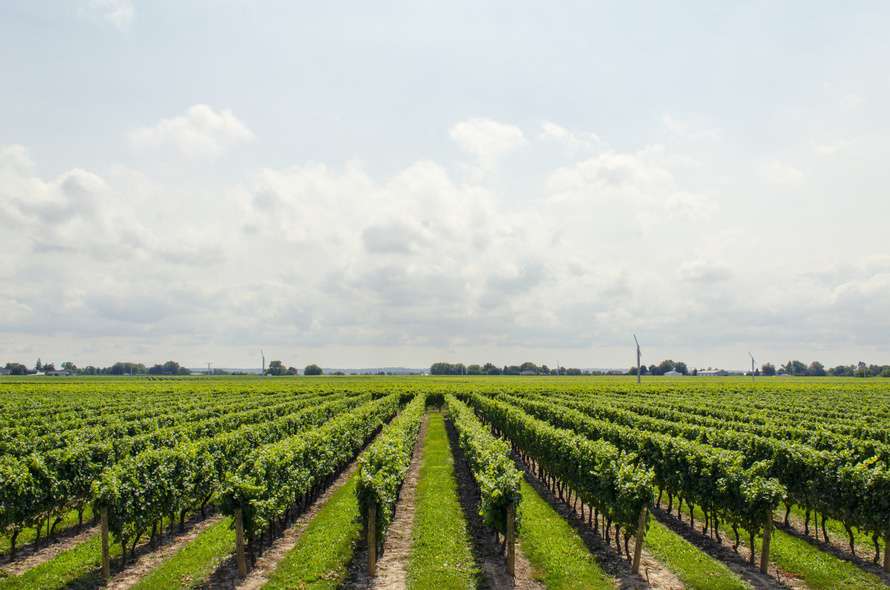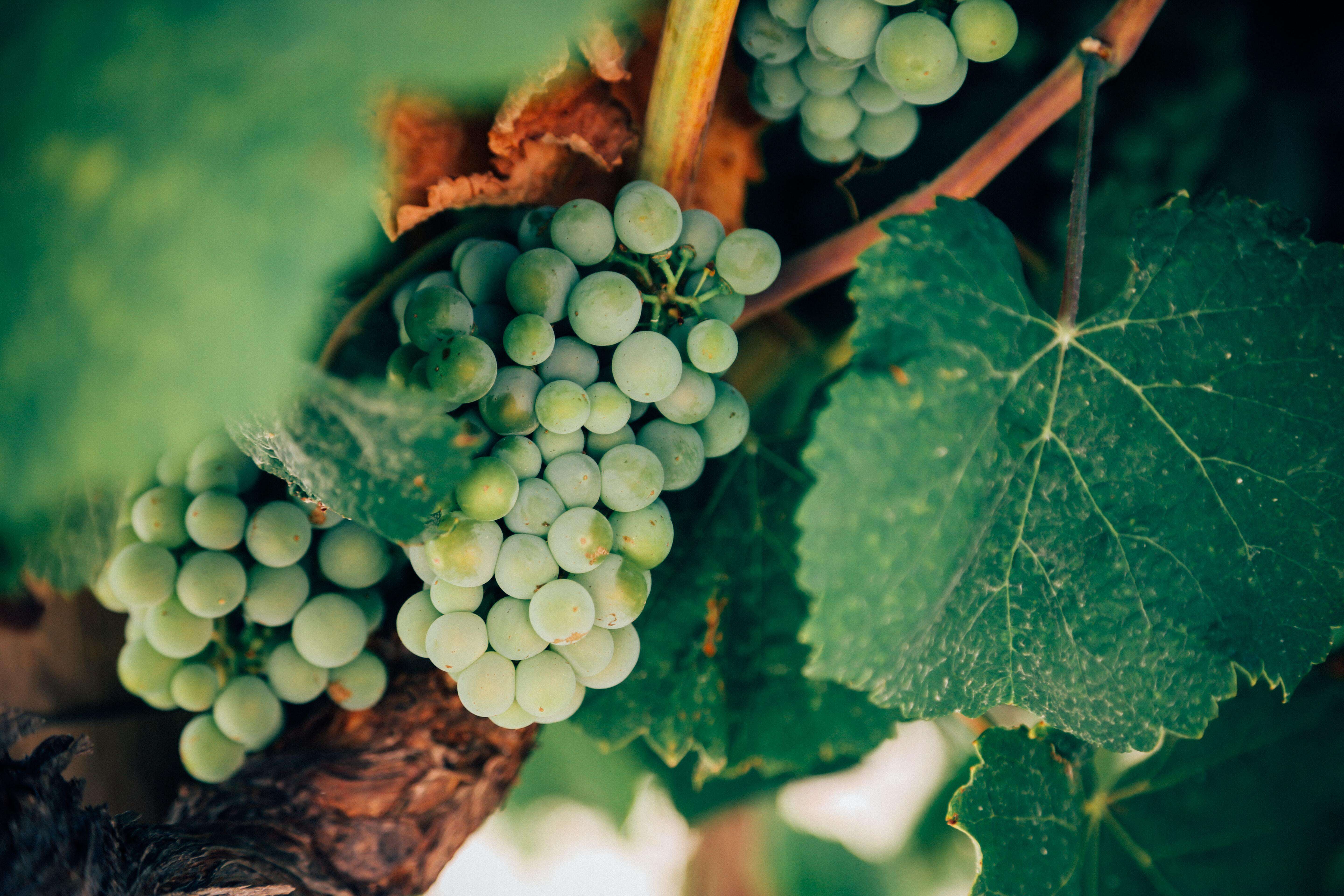
Grape color isn’t just about taste and aesthetics; it has a significant impact on the economic success of grape varieties and grape growers.
Image Source: Rohit Tandon
The color of table grapes may at first glance seem to be simply a matter of arbitrary aesthetics, but in fact, grape color has significant implications for both consumers and grape growers. As such, there is considerable interest in improving coloration via specific chemical compounds and agricultural practices designed to create deeper, richer, and more vibrant hues. Assessing the efficacy of these methods is critical to the success of color enhancing products and processes. But for the most precise results, visual assessment alone is not enough; rather, researchers must turn to spectrophotometric technology to gain a complete picture of the impact that color enhancers have on these delicate fruits.
Why Table Grape Color Matters
Both red and white grapes serve as a good carbohydrate and fiber source and contain a host of vitamins and minerals that fortify health. Red grapes, however, contain something extra: resveratrol and quercetin. Resveratrol is a polyphenolic compound with anti-inflammatory and antioxidant properties that confer a number of health benefits, including heart disease protection, lowering bad cholesterol, and potentially improving brain function. Quercetin is a flavonoid that acts as a potent antioxidant, protecting from free radical damage. In studies, quercetin has been shown to reduce the growth rate of cancer cells, lower high blood pressure, and reduce symptoms of allergies, asthma, and arthritis. As such, red grapes are sought out by health-conscious consumers who want to benefit from the unique properties offered by the deeply colored fruits. 1
For grape growers, good grape color means a more marketable product that can fetch higher prices. Poorly colored grapes can either not be sold, resulting in high levels of waste and lost revenue, or sold for reduced rates, compromising the economic viability of grape growing operations. In some cases, poor color results in grapes not even being harvested. Certain geographic areas are particularly hard-hit by color challenges; red table grape production is “particularly problematic and season after season growers have to deal with lack of color, usually with unsatisfactory results.”2 In Central Chile, for example, “maturity (soluble solids and acidity) is easily reached, but lack of color delays harvest. This delay affects market prices and, on late cultivars, other concerns arise.” Even in well-equipped grape production operations in the United States, adequate fruit color can be a major problem, leading to significant economic losses.

Researchers are looking to plant growth regulators to enhance the color of red grapes, thereby increasing yields and profitability. Image Source: Brain & Storm



